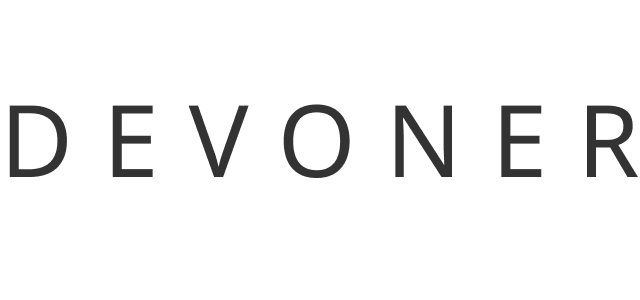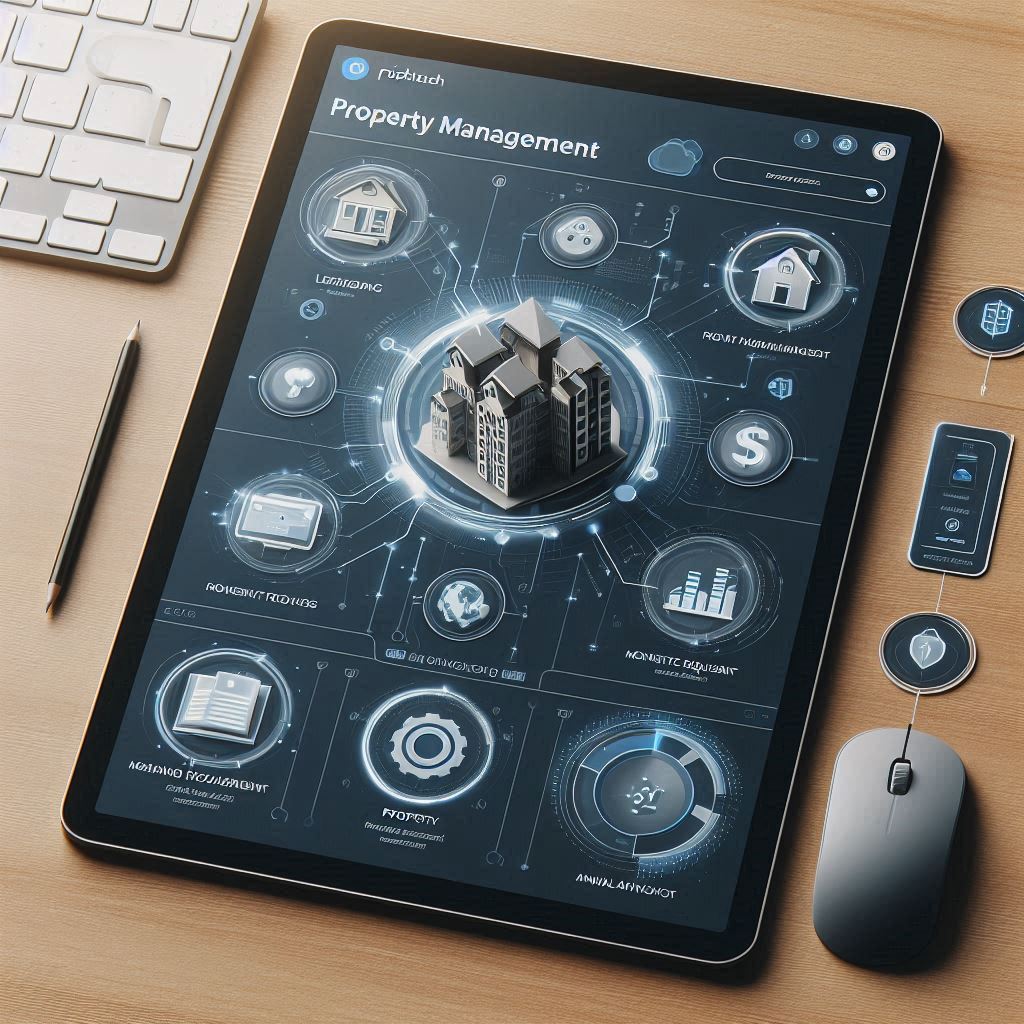As proptech continues to revolutionize the real estate industry, businesses are increasingly recognizing the need to adopt advanced property management platforms. However, building such a platform comes with unique challenges, from customer discovery to software development intricacies. Successfully navigating these challenges is vital for staying competitive and delivering exceptional value to property owners, managers, and real estate professionals.
At Devoner, we specialize in guiding businesses and startups through these complexities. With deep expertise in the commercial real estate market, we provide tailored proptech solutions that incorporate cutting-edge technology, data management, and financial services. Whether you need property management software or innovative proptech apps, Devoner empowers you with the tools and actionable insights necessary to thrive in the proptech market.
In this blog, we explore the critical steps and essential features required to successfully build a property management proptech platform. You’ll gain an understanding of the significance of proptech tools, their benefits, and the steps needed to meet the unique needs of property owners, managers, and real estate professionals.
Let’s dive in!
7 Steps to Build a Property Management Proptech Platform in 2024
The rapid evolution of proptech in 2024 will continue to reshape the real estate industry. Building a property management proptech platform has become essential for businesses seeking to excel in this dynamic sector. Here are the seven crucial steps to help you navigate the development of a cutting-edge proptech solution.
Step 1: Understanding Your Market
Understanding your target market is fundamental when creating a property management proptech platform. Start by conducting comprehensive market research to gain insights into the current landscape. This involves identifying trends and pain points in the real estate industry. Through this research, you’ll gather valuable data guiding the development process.
Analyze potential competitors, including other proptech companies and traditional property management methods. Recognize the strengths and weaknesses of existing solutions and explore opportunities for innovation. Additionally, gather insights into the specific needs of property owners, managers, and real estate professionals to tailor your platform to address their pain points and provide real value.
Step 2: Defining Your Proptech Platform’s Features
Defining the features of your property management platform is crucial. To meet the unique demands of property management, consider the following:
- Identify Key Functionalities: Determine the essential features your property management software will provide, including property listings, maintenance request management, financial tools, communication systems, reporting, analytics, automation, and mobile accessibility.
- Balancing User and Admin Features: Ensure a harmonious blend of user-friendly tools for property owners and streamlined administrative functions for property managers, fostering efficient management.
- Embrace Proptech Trends: Stay competitive by incorporating advanced proptech trends like big data analytics, the Internet of Things (IoT), and automation to enhance user experiences and streamline property management processes.
This step is the blueprint for your platform’s feature set, aligning it with market needs and expectations.
Step 3: Explore and Vet Potential Development Partners
Choosing the right development partner is crucial to your project’s success. Consider the partner’s experience in developing property management platforms, a successful project track record, and the ability to understand and realize your vision.
Devoner stands out as a valuable partner in this journey. Our expertise in understanding market dynamics, defining feature sets, and executing software development makes us an ideal choice for businesses and startups venturing into the proptech space.
Step 4: Building the Proptech Software
In this pivotal phase, the focus shifts to turning your conceptual framework into a functional software solution:
- Coding: The development team will create the software code that powers your property management platform.
- Testing: Rigorous testing is essential to identify and rectify any bugs or issues before launching the platform.
- Financial Technology: Incorporate fintech solutions to facilitate secure financial transactions, which are integral to property management.
- Artificial Intelligence: Leverage AI to automate tasks, provide predictive insights, and enhance efficiency in property management processes.
The careful development process ensures that your platform is well-prepared to meet the demands of the dynamic real estate industry.
Step 5: Implement Security Measures
Implementing robust security measures is critical in building a property management proptech platform. Given the sensitivity of property data, proactive measures to protect against potential threats are imperative. This includes preventing data breaches, cyber threats, and unauthorized access, as well as complying with local and national regulations.
Step 6: Integration and Automation
Ensure that your proptech platform seamlessly integrates with external systems and harnesses the power of automation. Integration with popular tools and services in the real estate industry, such as Zillow and MLS listings, is essential. Automation can simplify tasks like rent collection, maintenance request processing, and tenant communication, enhancing efficiency and reducing the manual workload.
Step 7: Testing, Launch, and Maintenance
The final phase involves meticulous testing to ensure flawless platform functionality. After resolving bugs or issues, focus on successful platform launch strategies, including marketing, user adoption, and engagement initiatives. Post-launch, prioritize ongoing maintenance and support to keep the platform competitive in the evolving proptech landscape.
Essential Features in the Property Management Proptech Platform
Property management proptech platforms offer a range of features designed to streamline operations and enhance efficiency. Here’s an overview of essential features across client-side, agent, brokerage, and property management aspects.
Features for Admin: Efficiently manage properties, tenants, and vendors, automate tasks, and access detailed analytics for informed decision-making.
Features for Users: Provide intuitive navigation, advanced property search options, online rent payments, and tenant portals to enhance user experience.
Brokerage Integration: Facilitate real estate transactions with seamless integration for agents and brokers.
Considerations When Building a Property Management Proptech Platform
Creating a property management proptech platform in 2024 comes with unique challenges. To ensure success, consider these critical factors:
- Customer-Centric Approach: Understand your target audience’s needs and tailor your platform accordingly.
- User-Friendly Design: Ensure intuitive navigation and attractive design to enhance user adoption.
- Data Security and Privacy: Implement robust security measures to protect sensitive data.
- Integration Capabilities: Ensure seamless integration with other software and tools.
- Compliance and Regulations: Ensure compliance with real estate laws and regulations.
Benefits of Leveraging a Proptech Platform for Your Business
Adopting a property management platform offers numerous benefits:
- Enhanced Efficiency: Streamline operations and reduce manual workload.
- Improved Customer Experience: Provide a seamless and convenient experience for tenants and clients.
- Data-Driven Decision Making: Use data insights for informed property management decisions.
- Cost Savings: Achieve long-term cost savings through automation and proactive maintenance.
- Scalability and Growth: Easily manage a growing property portfolio with scalable platform features.
Key Takeaway
Building a property management proptech platform tailored to your specific needs is paramount. Customization and alignment with customer demands are essential for success. Whether focusing on lead generation or comprehensive property management, understanding your customer’s pain points and designing your platform to address them effectively is key.


